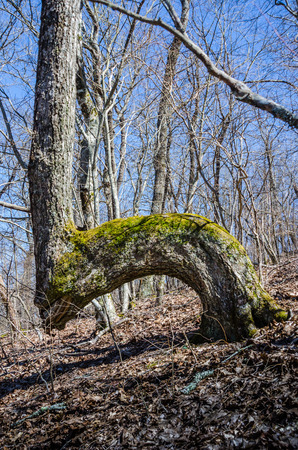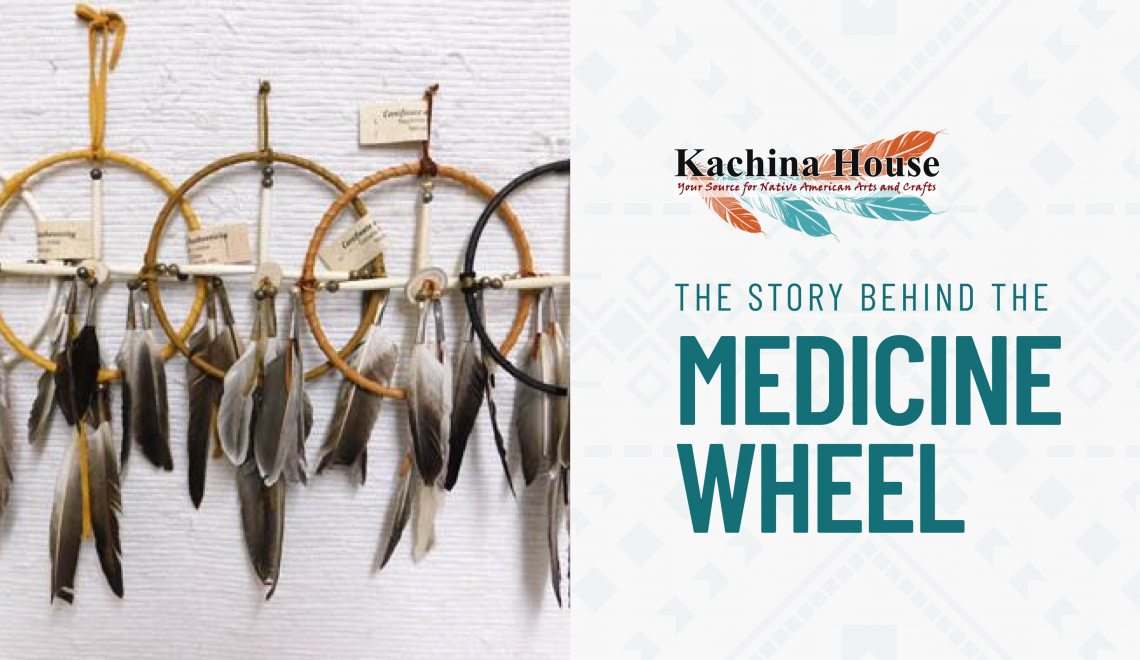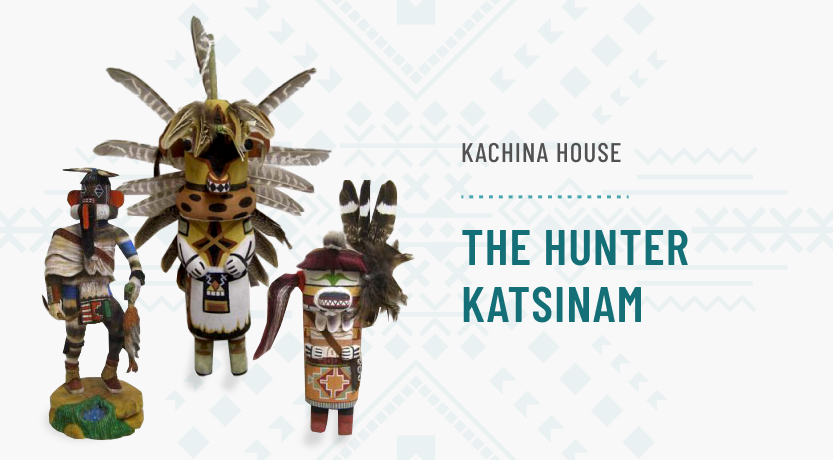
Did you know that trail trees, bent in their infancy to mark trails or important landmarks, hold sacred meaning for Native American people? These special trees are being identified and preserved by environmentalists all over the country today. To date, over 1,850 trail trees have been identified in 39 states.
How to spot an Authentic Native American Trail Tree Marker?
It’s sometimes difficult to identify whether a tree is a true Native American trail tree or a tree that was struck by lightning or naturally shaped. Trail trees are typically 150-200 years old. But how can you tell how old the tree is? Marks in the tree trunk itself and in the land surrounding the tree can help identify if the tree was tied down.
Geography also plays a role in the ancient stories of trail trees. If you’re visiting a campground, national park, or nature preserve, research the history of the location and its past inhabitants. That can sometimes provide an indicator that the uniquely bent trees you passed on your hike were indeed trail tree markers.
Trail trees are natural wonders molded by the hands of ingenuity. At Kachina House, we value the preservation of similar artifacts. Purchase a genuine Native American craft and take it home with you and help us protect Native American culture!





Dennis Downes, author of Native American Trail Marker Trees; Marking Paths Through the Wilderness, has studied these trees for over 30 years. He has lectured all over the country on them and has been the ‘Johnny Appleseed’ or catalyst of the Trail Marker Tree movement that is underway. Many groups from around the country have now jumped on board and hopefully through all this new found attention and recognition, the Native American’s will be acknowledged and respected for their resourcefulness of using the trees for navigation and signage. The history of the Trees should not be forgotten!